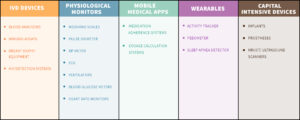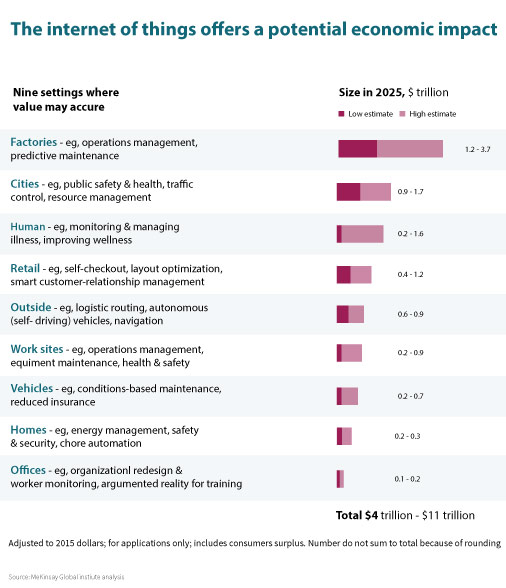End-to-end product development company takes initiative to upgrade street lights by replacing them with LEDs
MosChip, signed a Memorandum of Understanding (MoU) to establish and maintain a smart center with centralized command and monitoring system (CCMS) in the state of Andhra Pradesh on a subcontracting basis. The subcontract is valued at Rs. 83 Cr and is to be implemented in 24 months with a seven-year maintenance contract.
“Energy efficiency is paramount to sustain the quality of life, business growth, and economic wellbeing,” said MosChip Senior Vice President Dhananjay Kulkarni.
A centralized smart center will be established in Amaravathi, the new capital city of Andhra Pradesh to manage and monitor the entire process of automation. It is designed to adhere to additional IoT services in the future.
MosChip plans to control and monitor all the LED Street Lights through CCMS boxes by establishing a Centralised Command Center. A total number of 20,00,000 LED Bulbs will be linked with 30,000+ CCMS boxes installed. These boxes are a GSM/GPRS/RF-based product specially designed for street lighting projects which further ensures an optimal on-field product performance. This will result in a drastic reduction of operational and maintenance cost which is estimated about 20 percent less than the present expenditure.
“If you see the penetration of tech-oriented changes in our country, you will notice that we are now in the race to becoming a smart city,” said MosChip Chief Executive Officer Damodar Rao Gummadapu. “Smart lighting essentially rides on the same backbone concept. Hopefully, in upcoming years, we will be one of the smartest countries in the world.”
A study states that 72 percent of lights that are sold are LEDs, and with the Andhra Pradesh government making way into the smart city initiative, an upward curve of energy savings has also been noted. With smart street lighting, one can:
- Control multiple street lights from the single feeder for either single or three phases.
- Schedule time that can be monitored and changed via SMS.
- Receive alerts in case of theft/fault in the lights.
- Reduce electricity bills by up to 30 percent.
- Manage centralized monitoring and control of lights through reports.
- Receive current readings and device fault details via SMS.
- Receive detailed electricity consumption reports.
“MosChip’s advanced analytics not only ensures demand planning and predictive analysis but also capabilities to identify irregularities such as theft, wire cuts and light faults,” said Dhananjay Kulkarni. “There are long-term trends such as increased transmission losses which are detected to increase T&D efficiency. MosChip manufactures all components of the solution, including hardware, firmware, cloud application, smartphone application, and further customizes it based on the unique needs of individual customers.”
Traditionally managed street lights consume excessive electricity. MosChip, along with the Andhra Pradesh government, aims to overcome these challenges with the concept of a smart lighting solution. Once the entire project has been completed, the goal to conserve energy with effective improvement in street lighting will have been met.
About MosChip
MosChip is an end-to-end product development company with deep engineering expertise in Chip Design, Systems Design, Software Development for IoT and Vision Solutions. With more than 16 years of proven track record with a unique combination of product engineering skills, domain knowledge and technology expertise in segments such as aerospace and defense, consumer electronics, networking and telecommunications, mobile electronics, and security. MosChip helps their customers reduce time-to-market of their products with our field proven IP’s.
MosChip’s product development experience with SOC, wireless connectivity, software, and systems engineering allows us to be able to meet with the most complex hardware and software design challenges. With a large pool of engineers segmented into teams with multiple engineering disciplines, MosChip can deliver ASIC, firmware, drivers, boards, and platform solutions.












